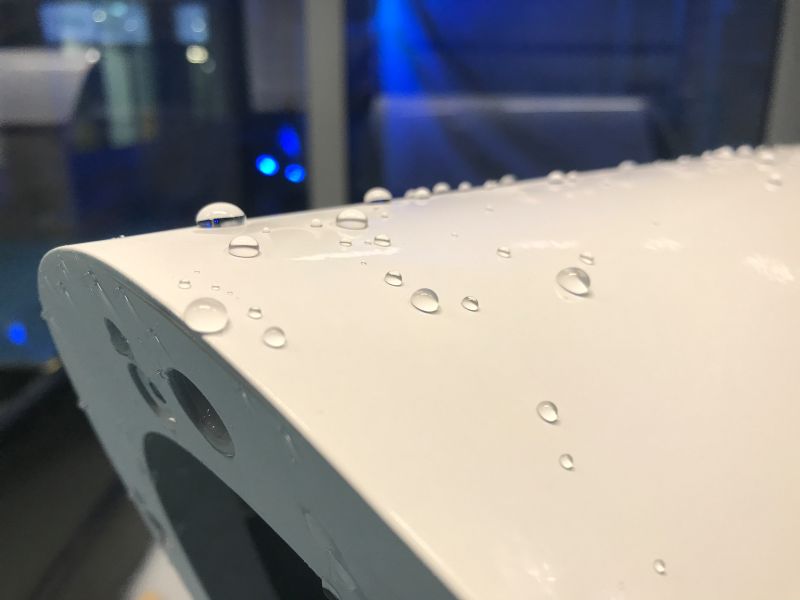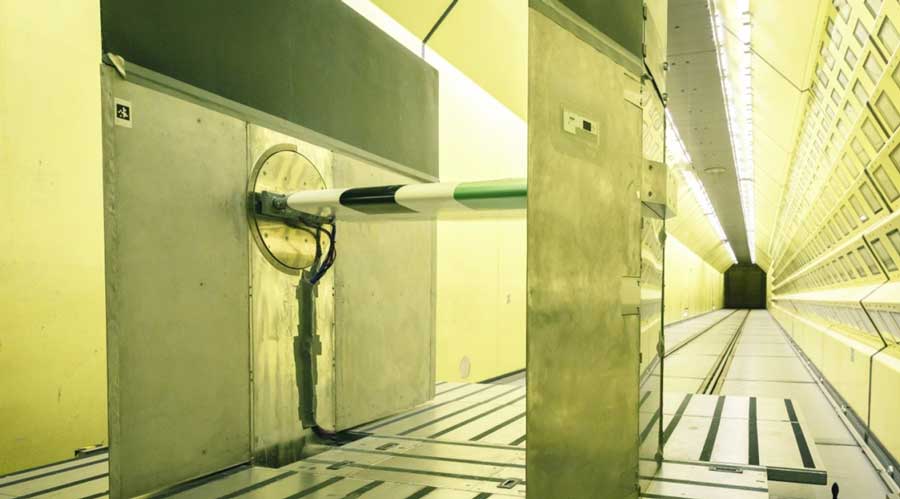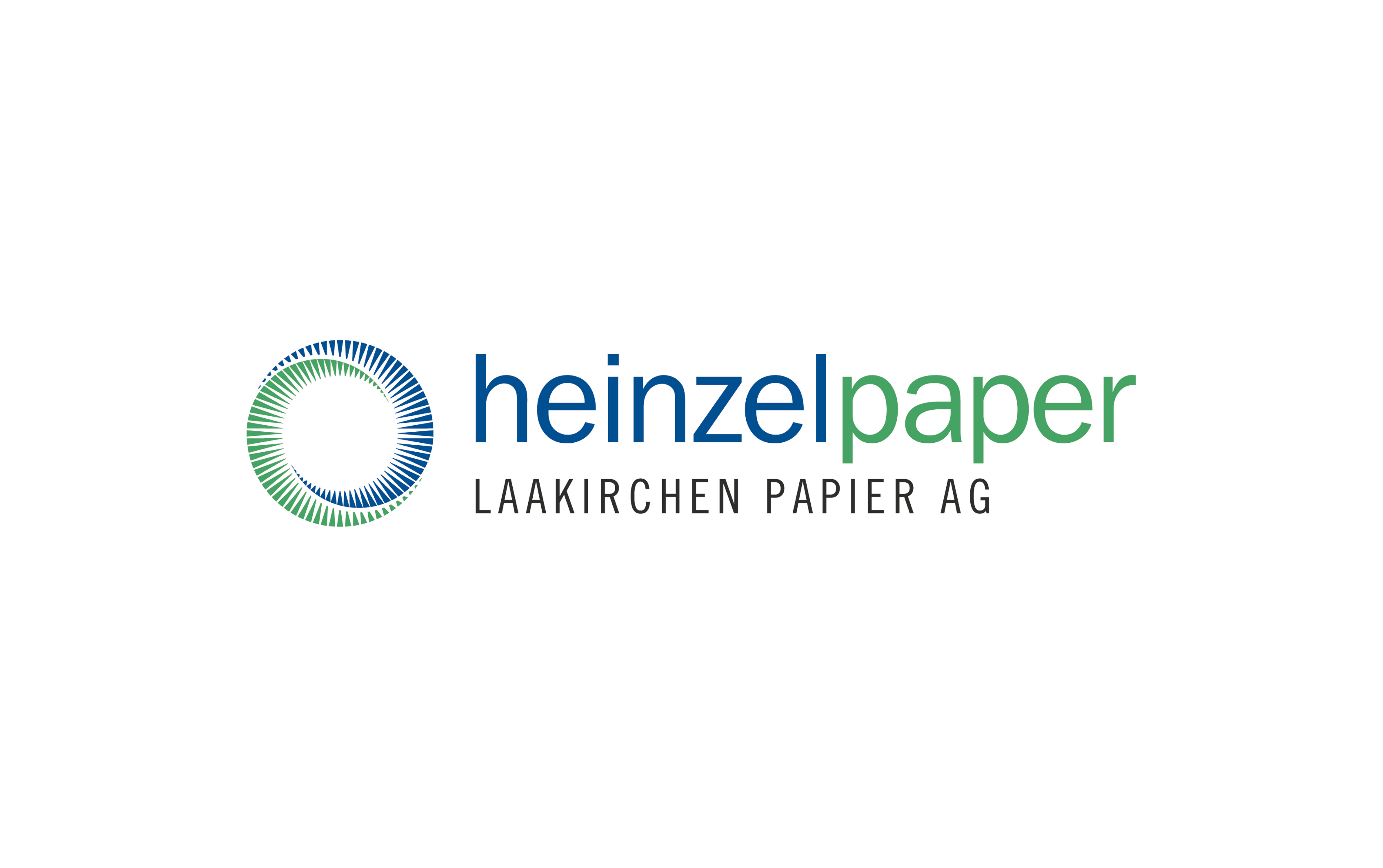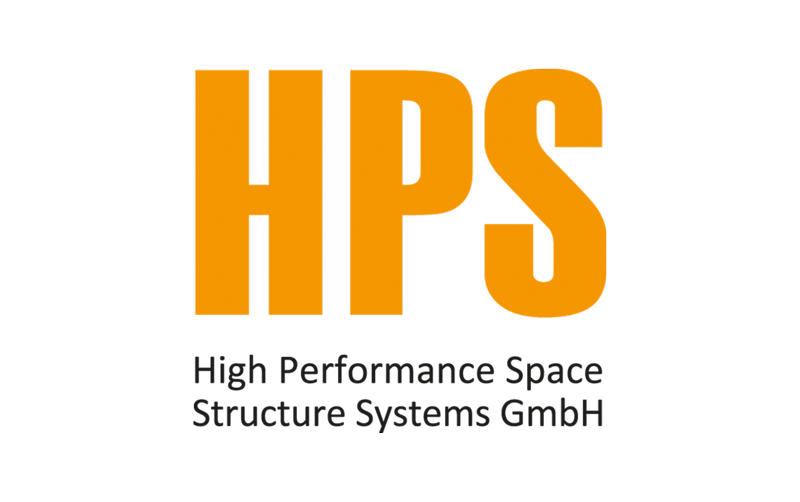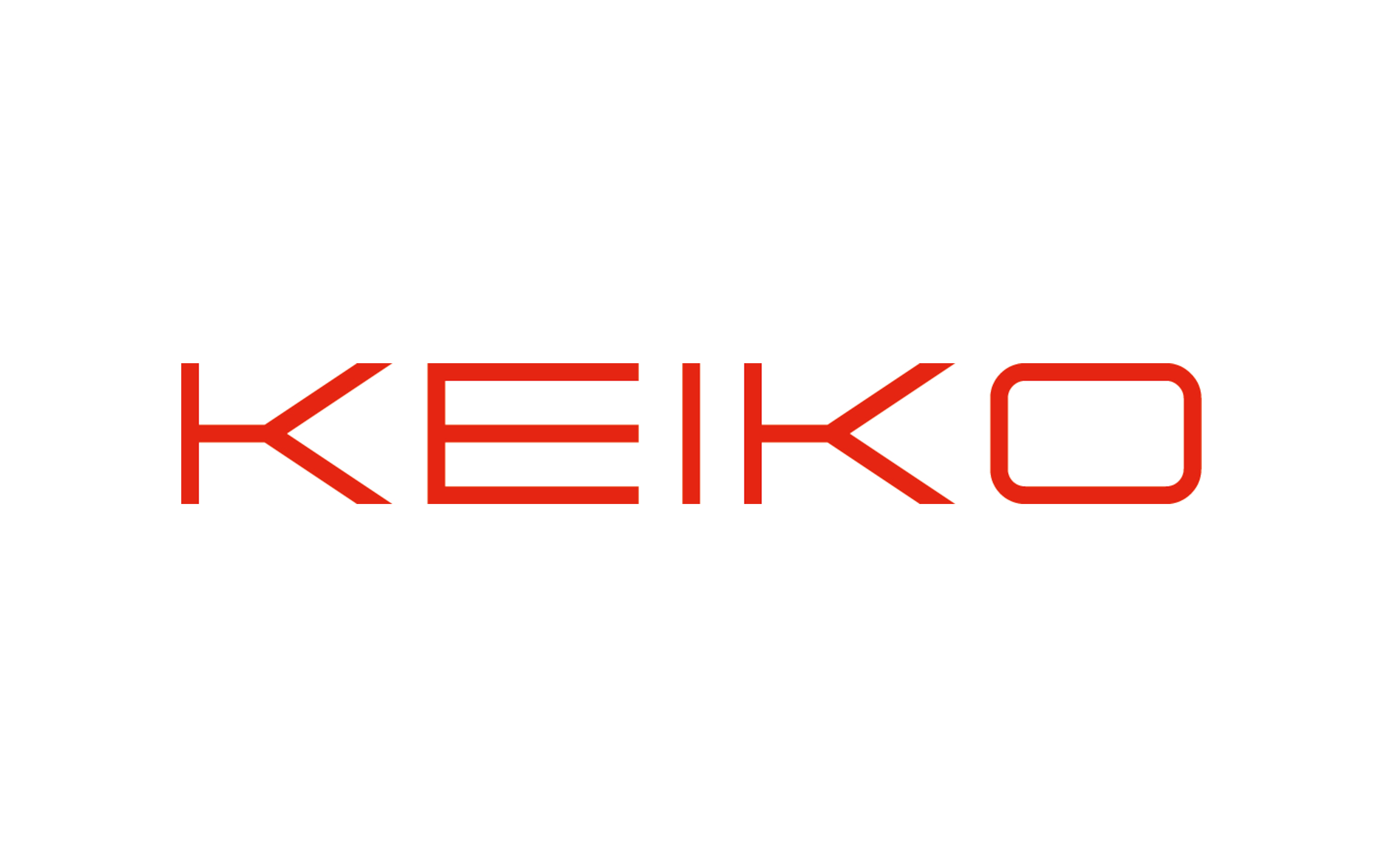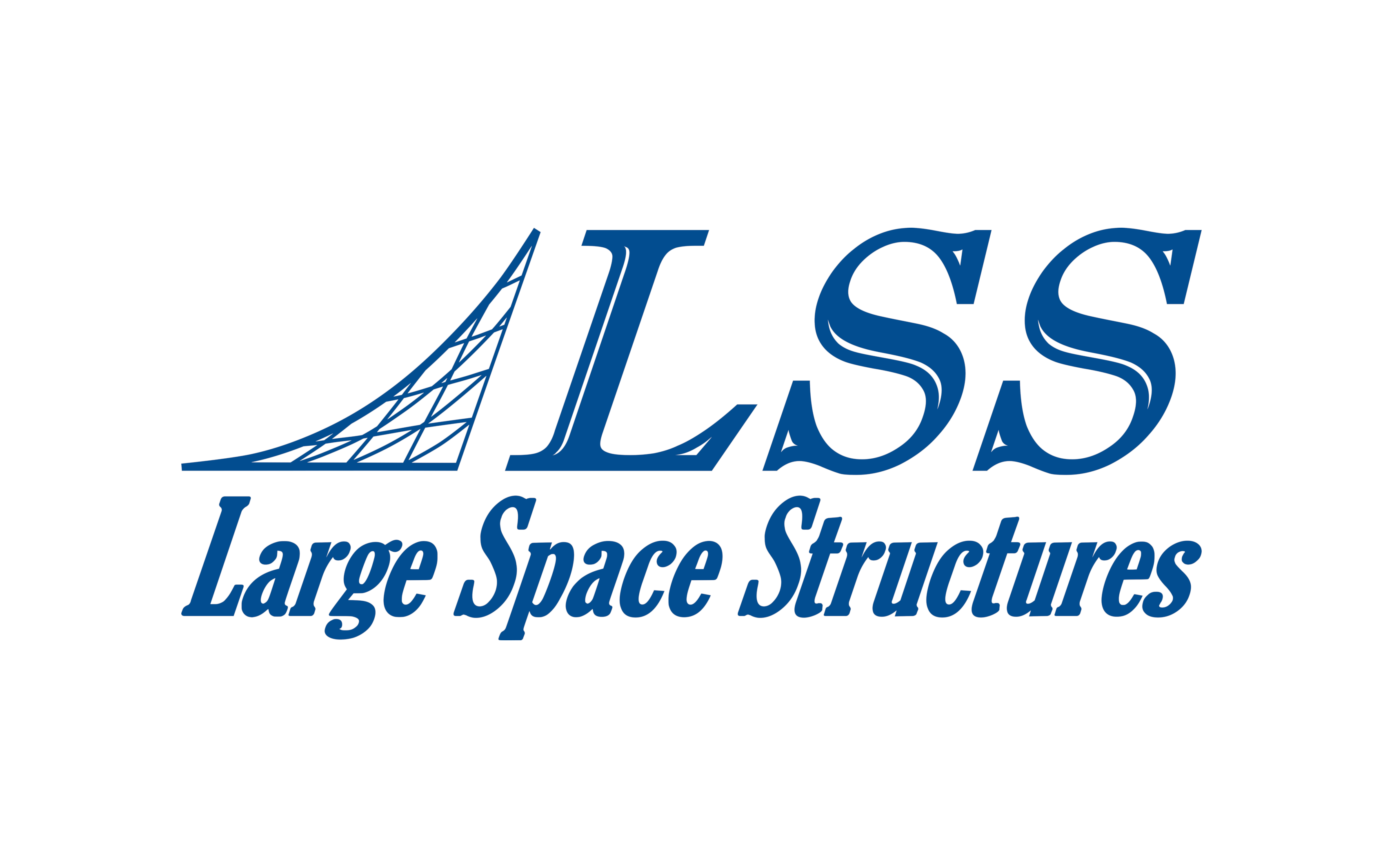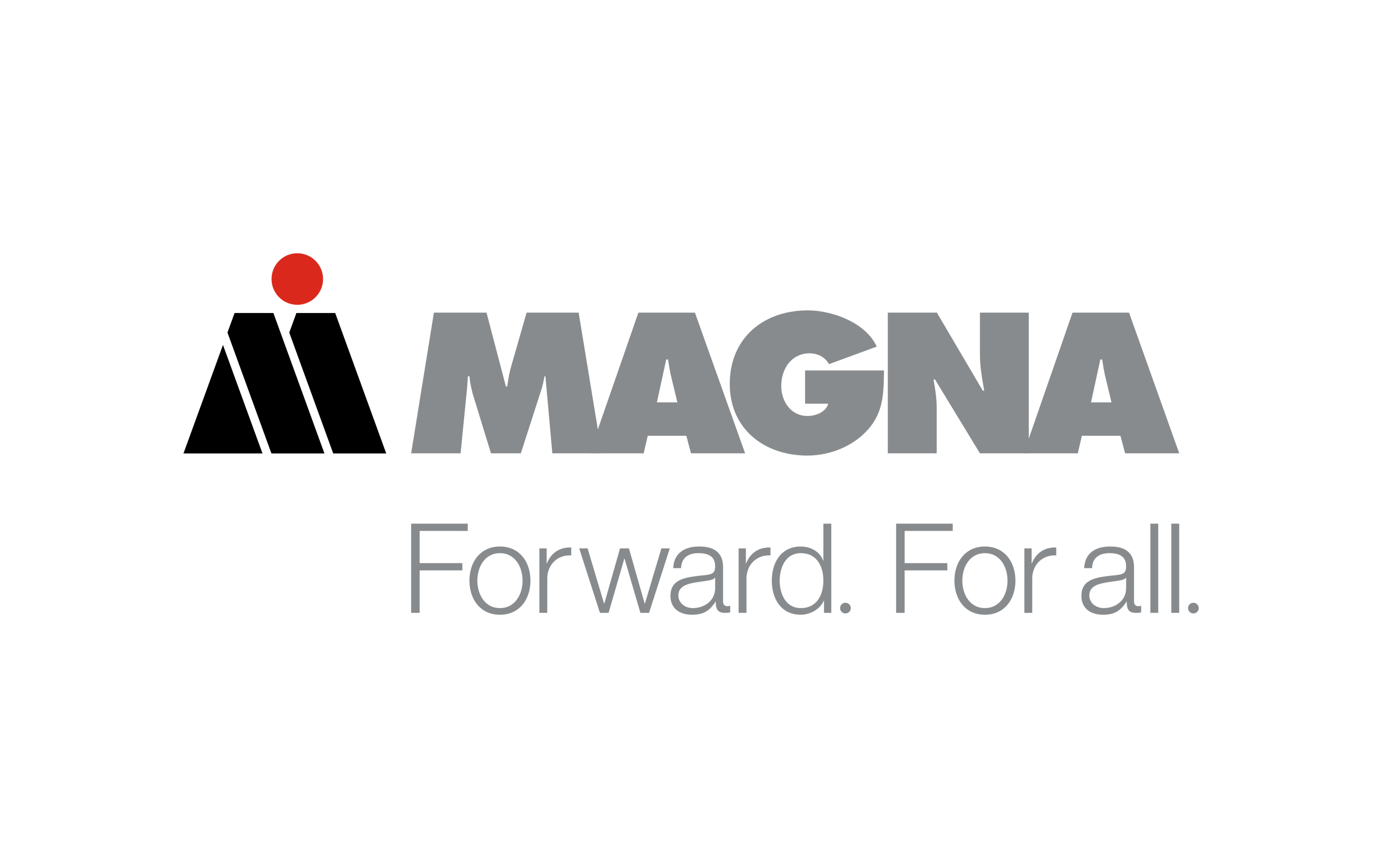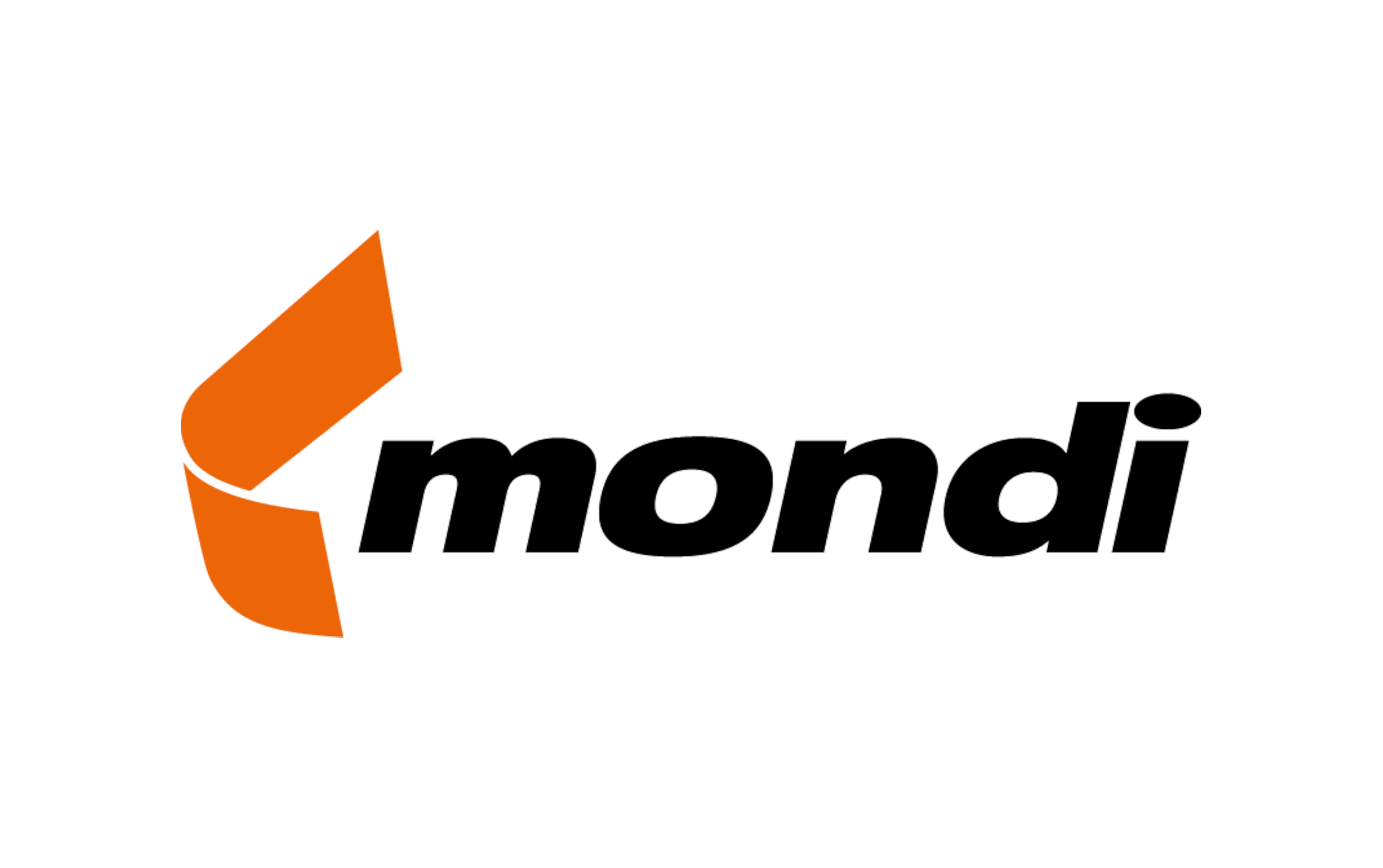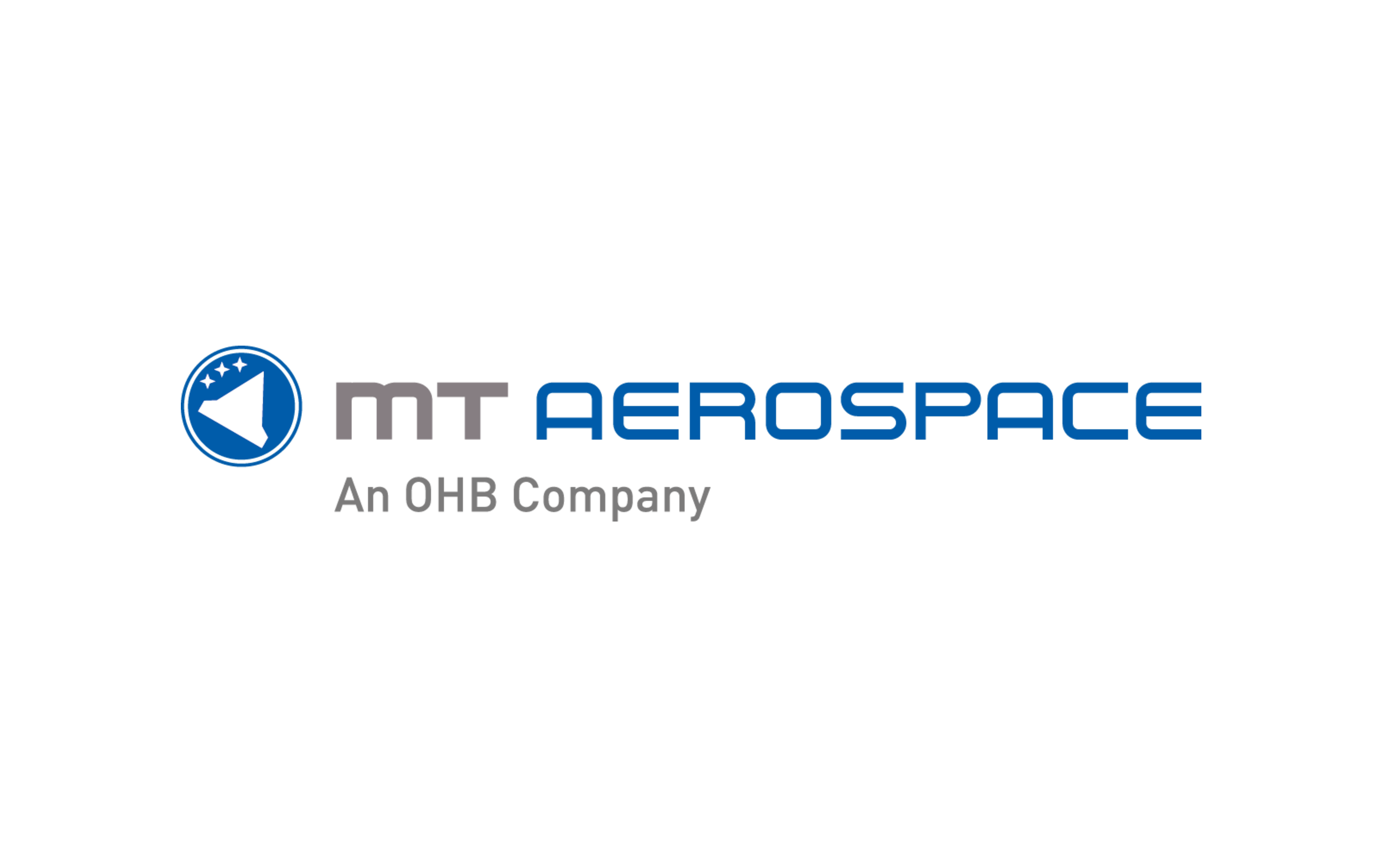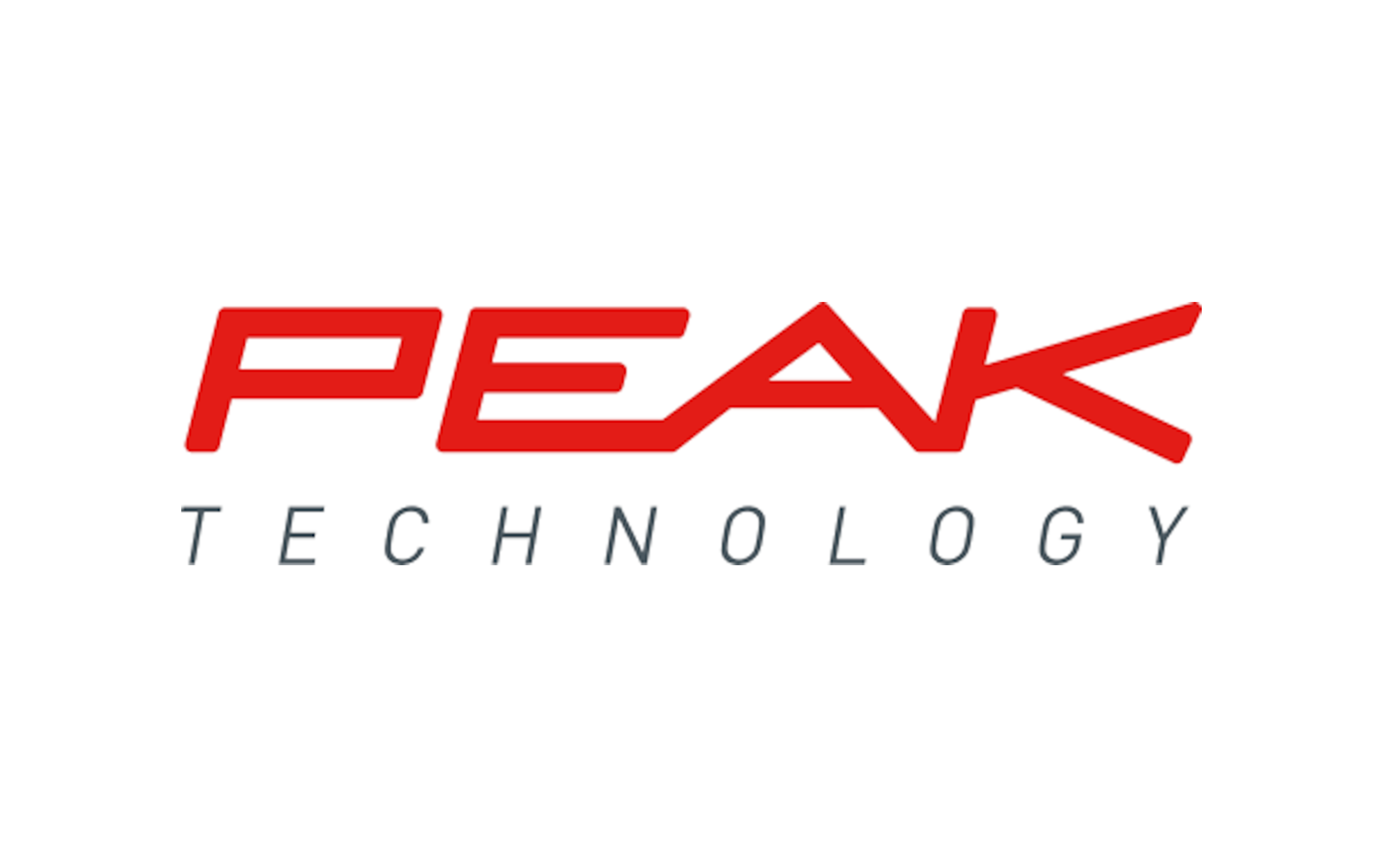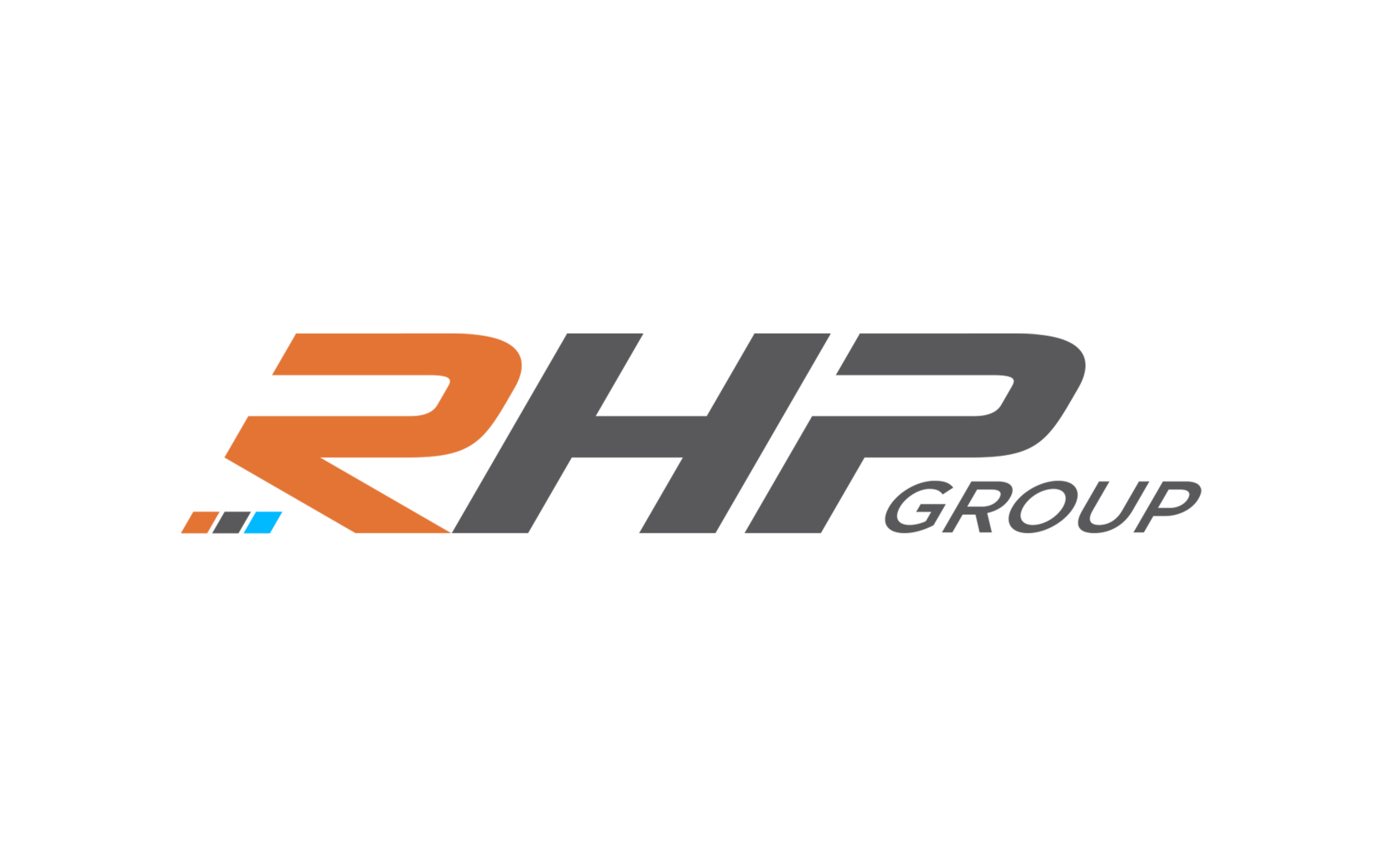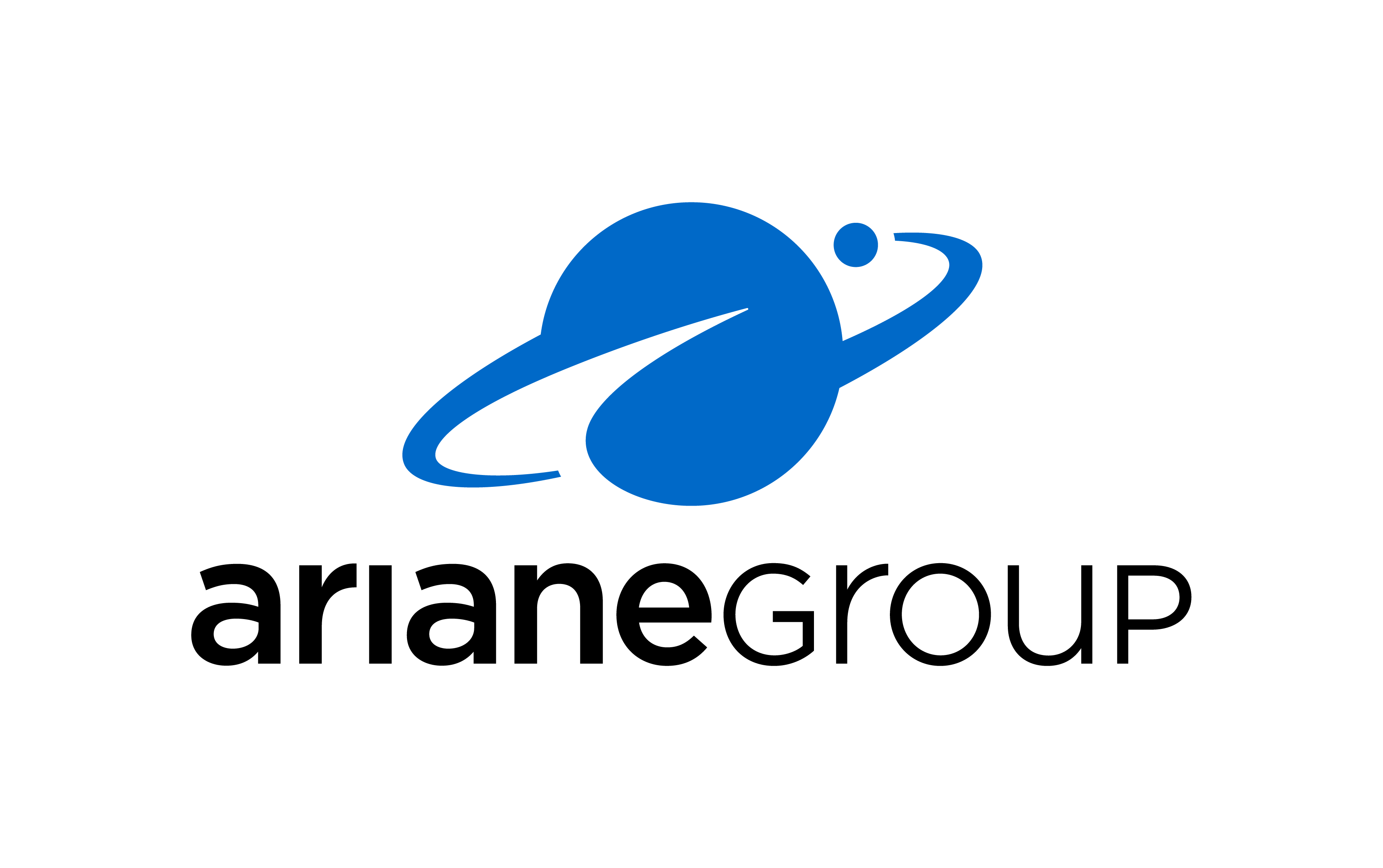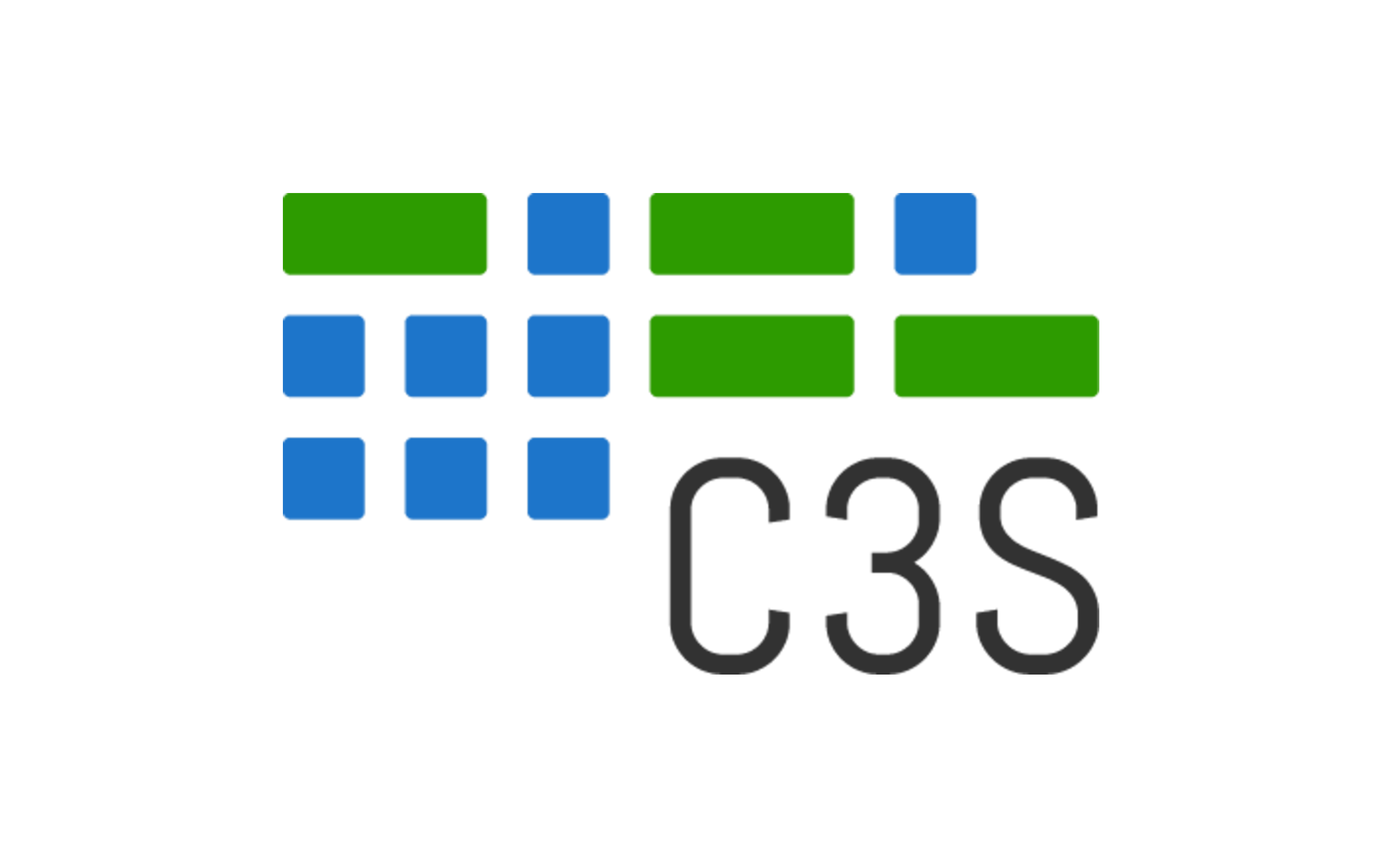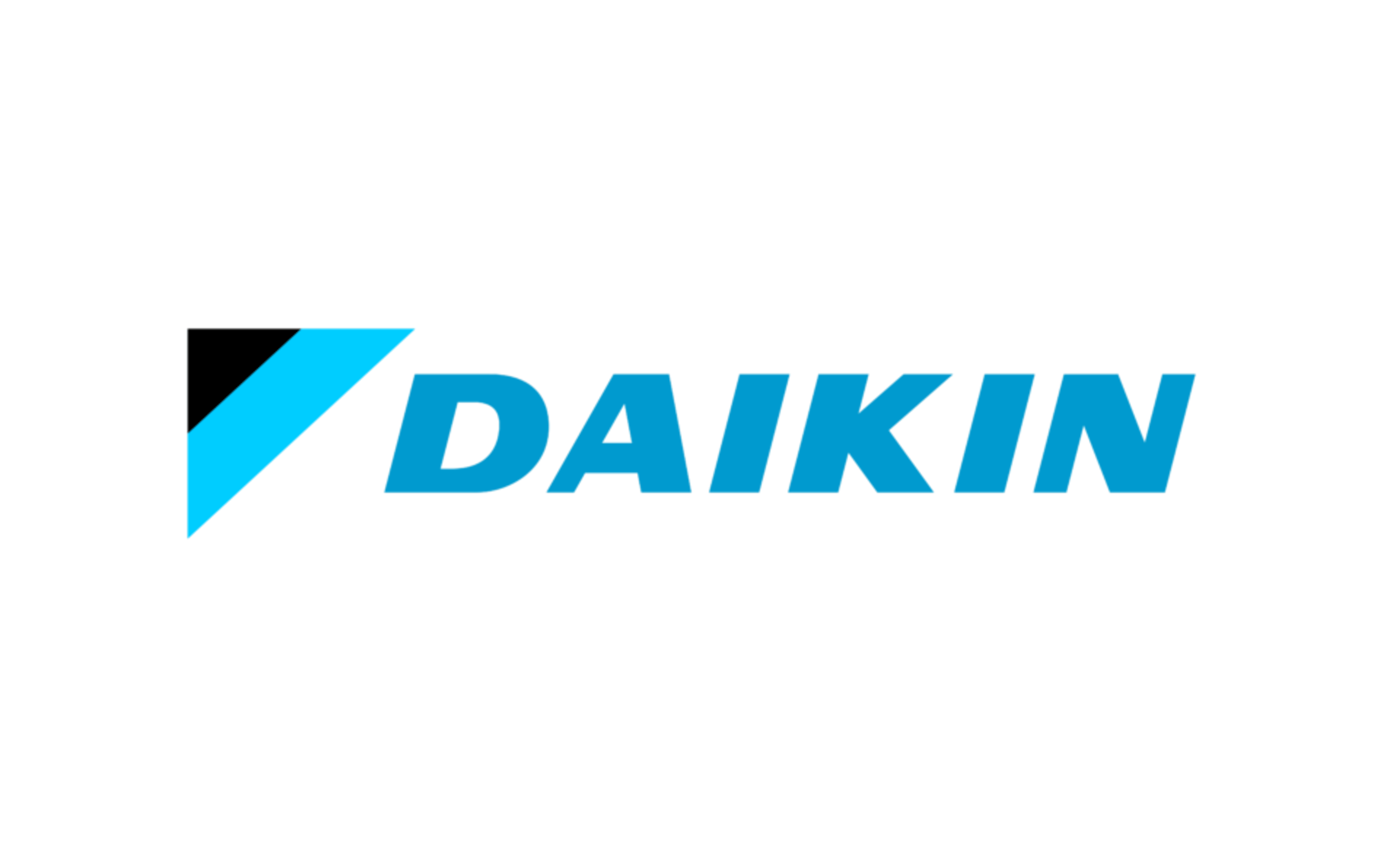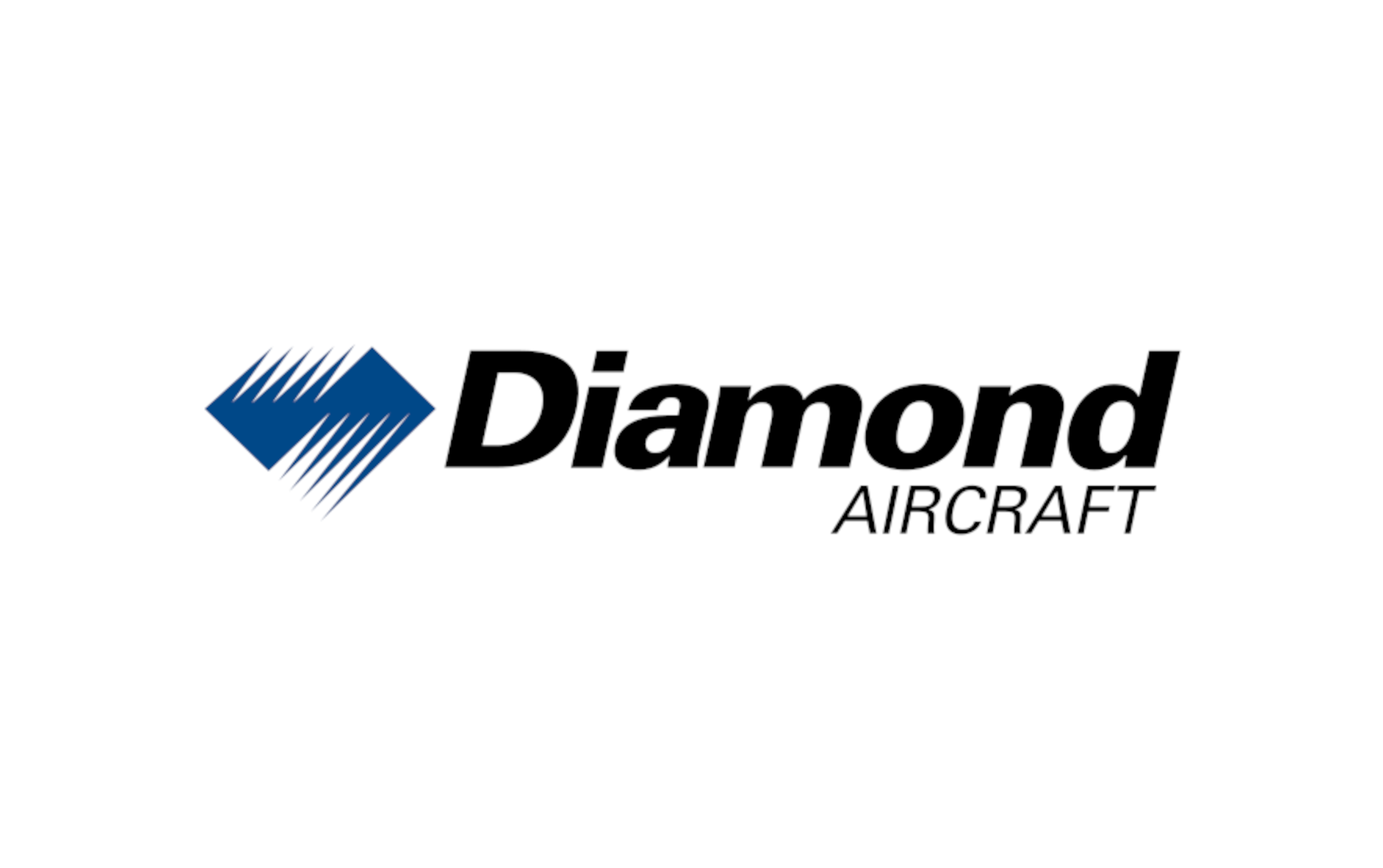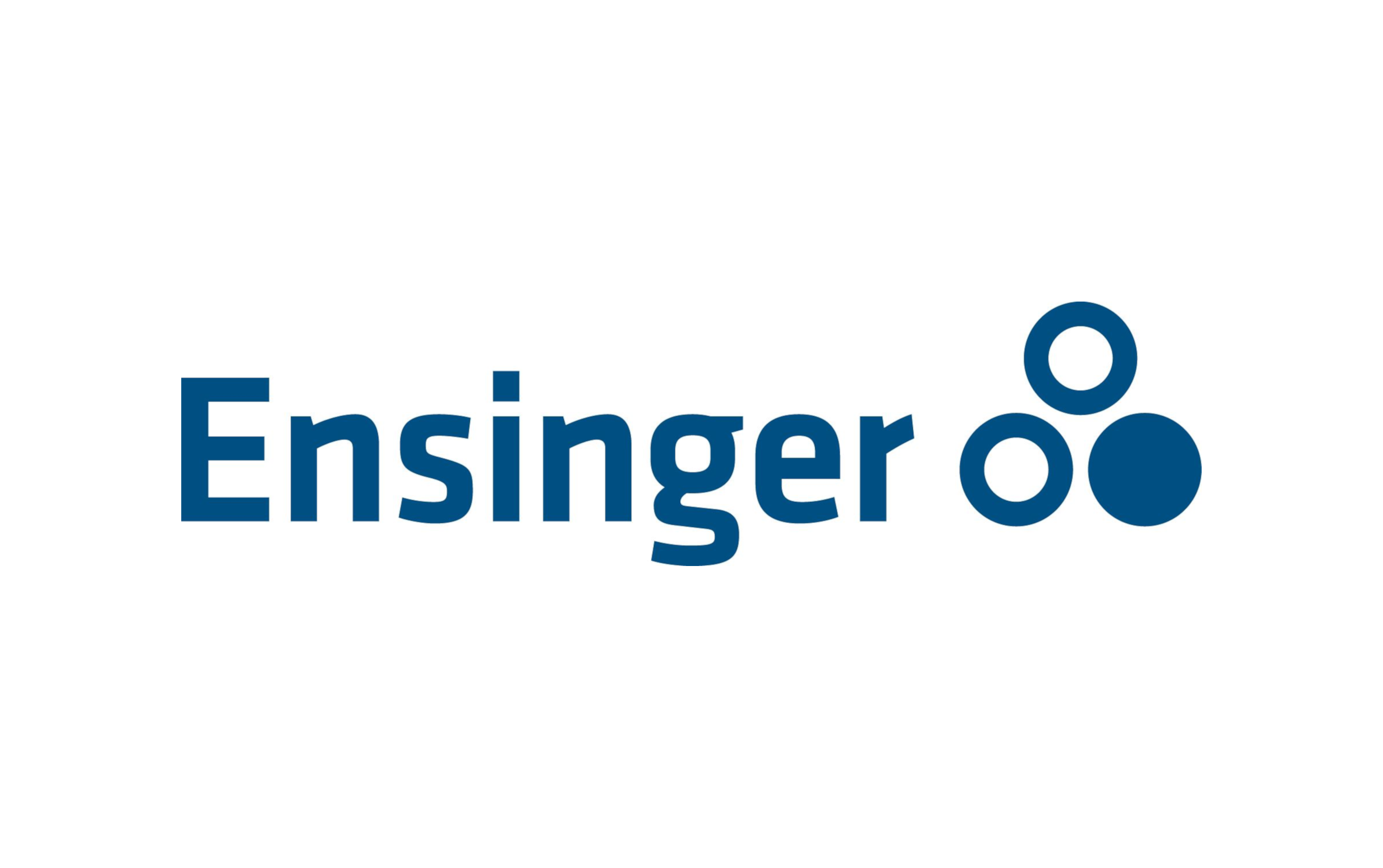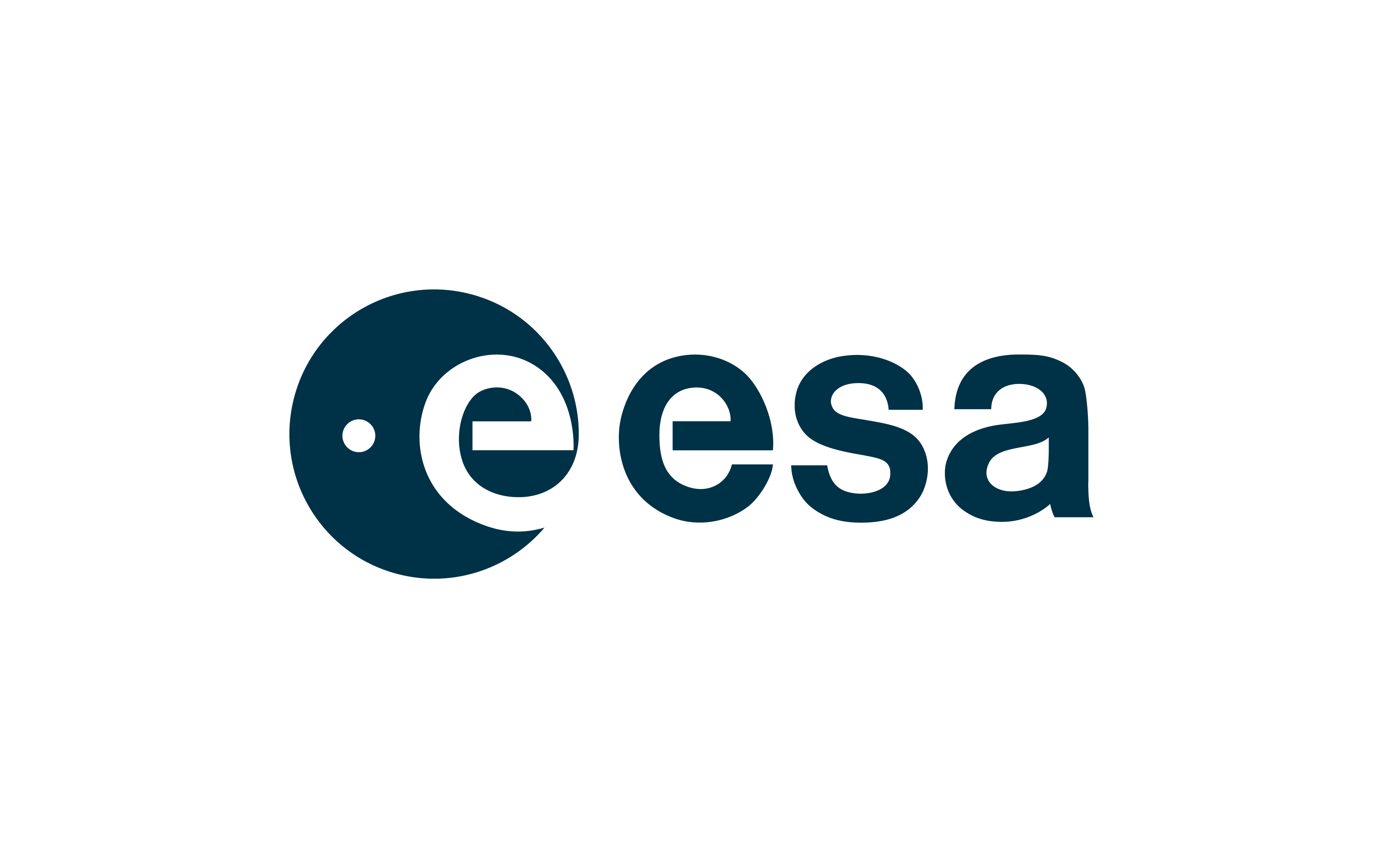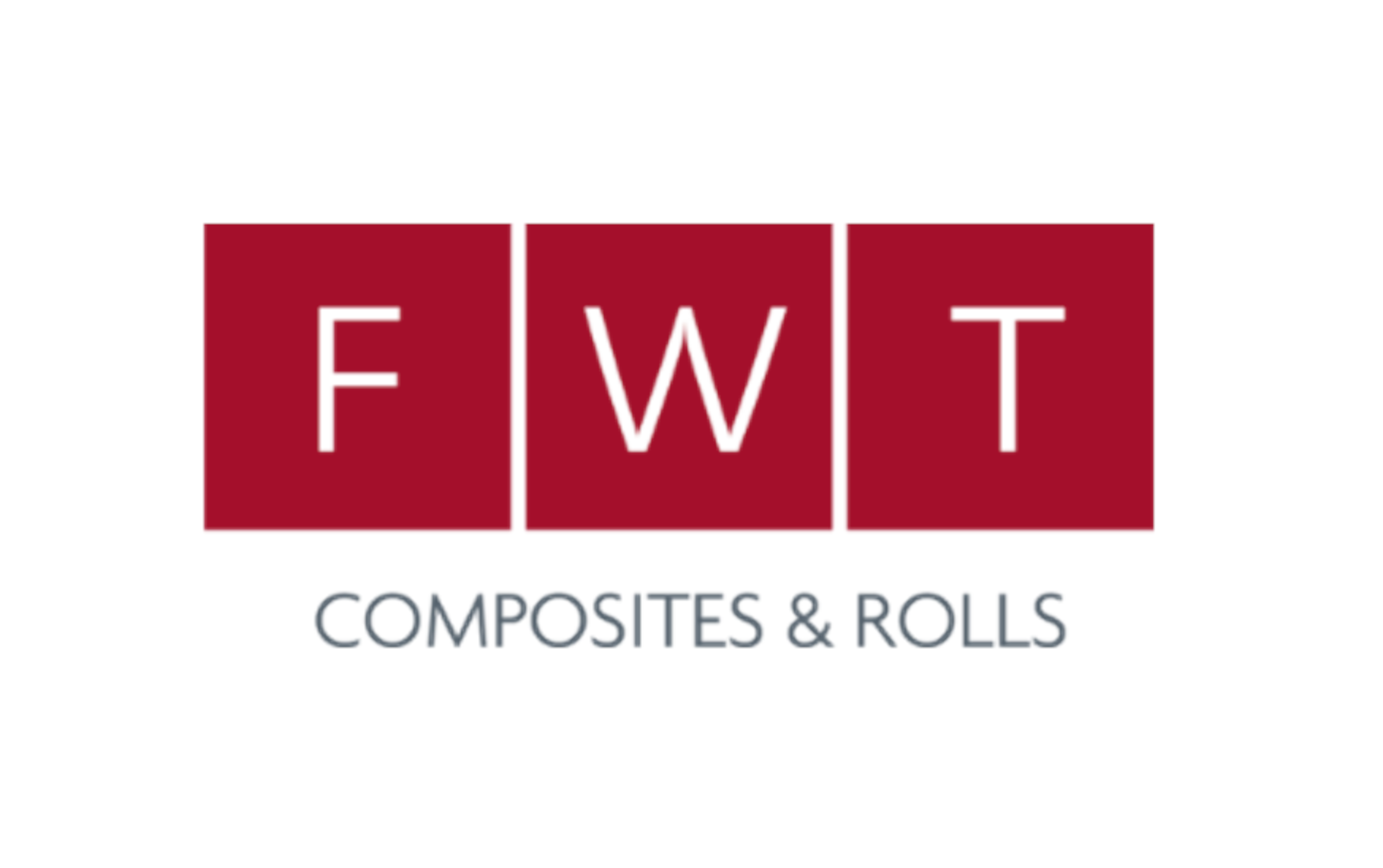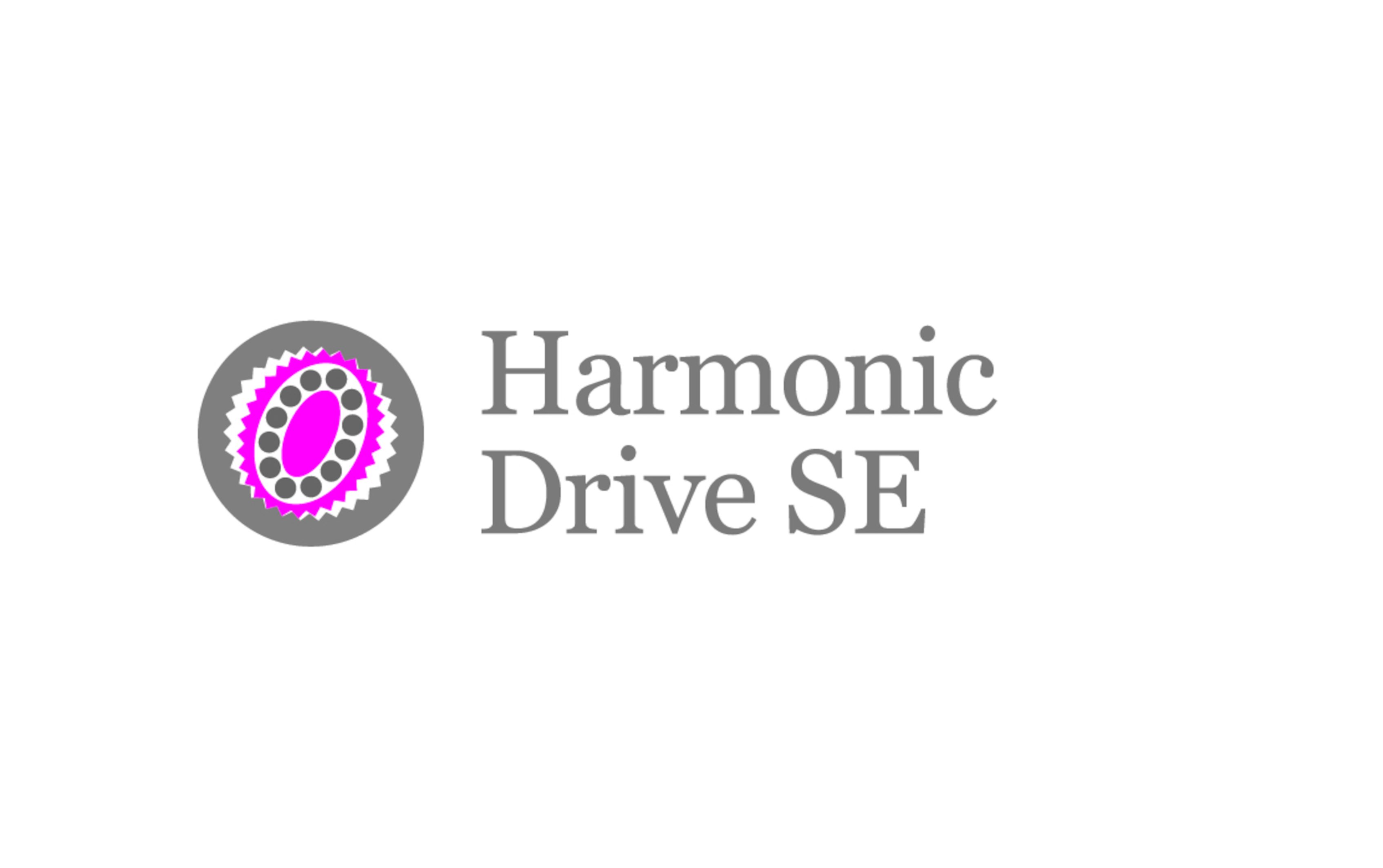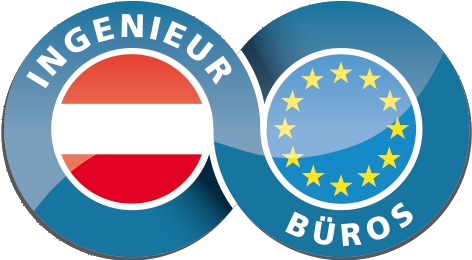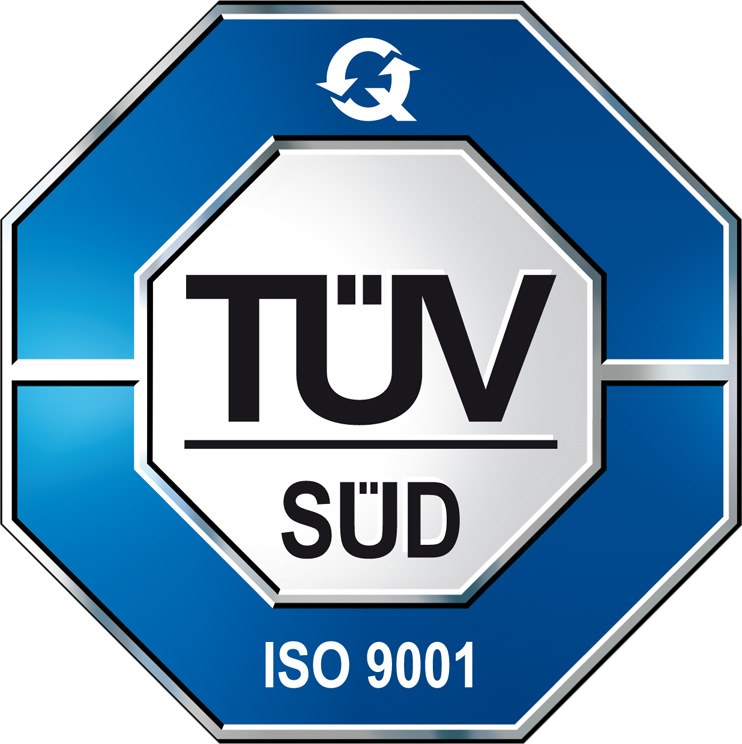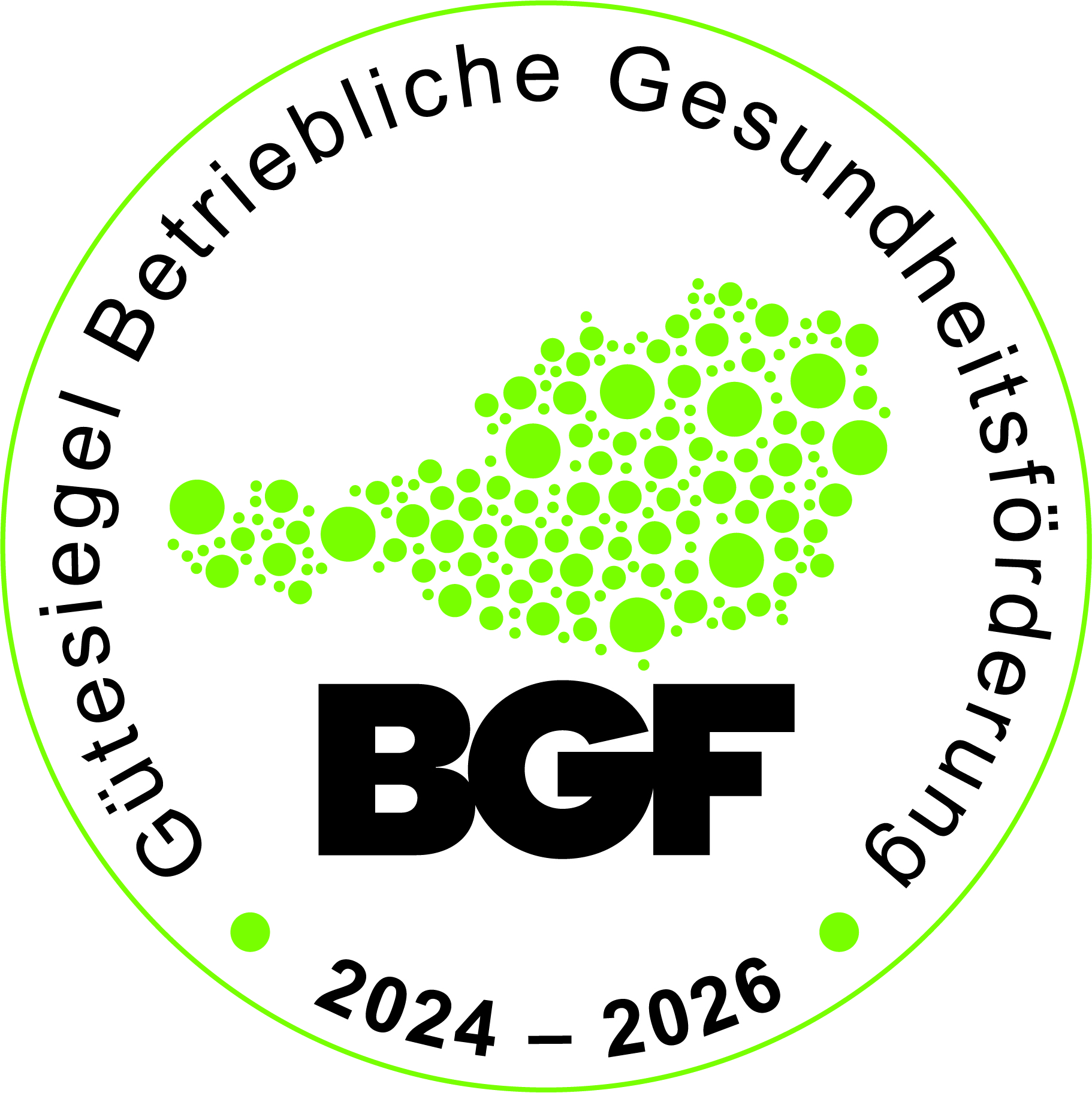CONSULTING
TESTING
DEVELOPMENT
RESEARCH
Anti-Icing and De-Icing Coatings for Aircraft and Wind Energy
Mitigating the Impact of Icing through Active and Passive Technologies
AAC is active in the field of icing countermeasures in the form of passive coatings and active heating systems and electromechanical acuators, since 2008.
Although in-flight icing is considered to be a well-managed problem in commercial aviation, it remains a risk factor in the realm of smaller aircraft, drones and electric aircraft. Additionally, icing frequently has an impact to the customer experience, when delays due to holding pattern or ground de-icing measures occur.
AAC has been an active developer of anti-icing and de-icing coatings since its foundation in 2010. Two developmental lines are pursued: Passive and active coatings for de-icing and anti-icing. Combined these two methods can form a hybrid anti-icing system.
Active coatings are conductive paints used as electrothermal heating elements. The benefit of conductive paints is their flexibility regarding the underlying surface geometry, which means, that 3D surfaces can be coated and seamless transitions at the rim of the coating can be achieved. This is especially important to limit the impact on the aerodynamic properties of the aircraft.
Passive anti-icing coatings developed by AAC, can be used as stand-alone or as top-coat on the conductive paint. In this way, a hybrid, synergetic anti-icing system is realized. The passive top-coat reduces the energy demand of the electrothermal heater underneath.
AACs passive anti-icing coatings are based on very durable base systems that are formulated to exhibit a low ice adhesion. AAC has the in house capability to measure ice adhesion shear force and coating durability, which accelerates the development cycle.
AAC anti-icing coatings can also be applied in other fields, such as wind energy.
List of Anti-Icing Research Projects
AAC has been involved in R&D of anti-ice coatings since 2008 and has successfully participated in more than 8 national and European projects, involving wind park operators (WEB) and aircraft manufacturers (Diamond Aircraft, Airbus):
Partner Network
AAC has a strong network of partners, which grants access to:
- Icing wind tunnel experiments
- Determination of accreted ice shapes
- Simulation of ice accretion
- Aviation specific rain and sand erosion tests
- Industrial production and up-scaling for anti-icing paints

